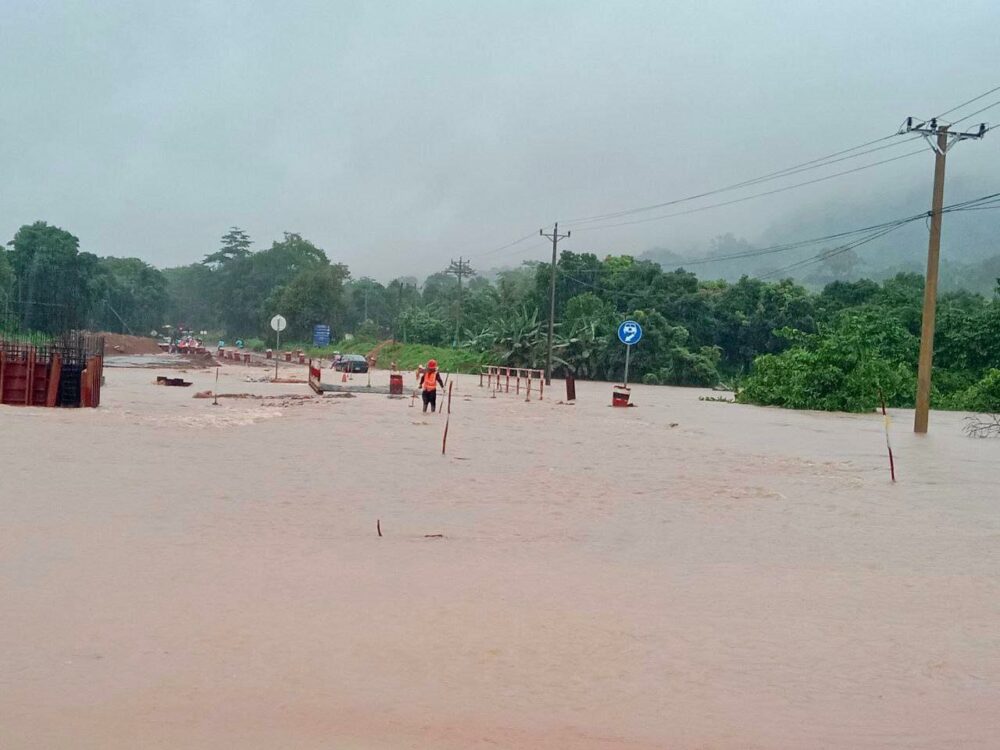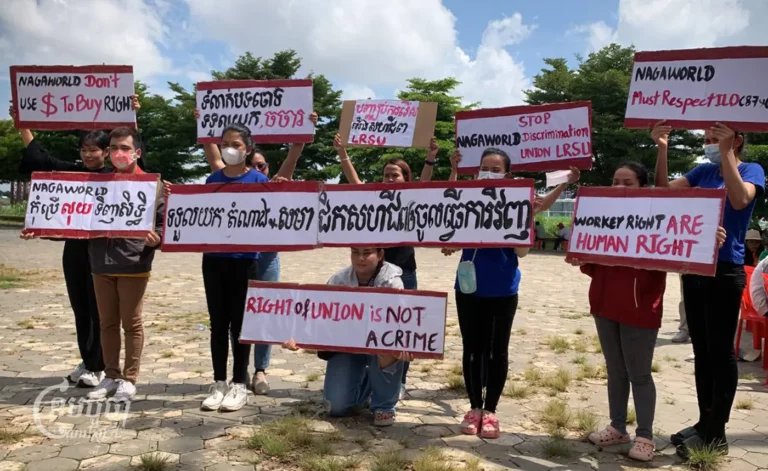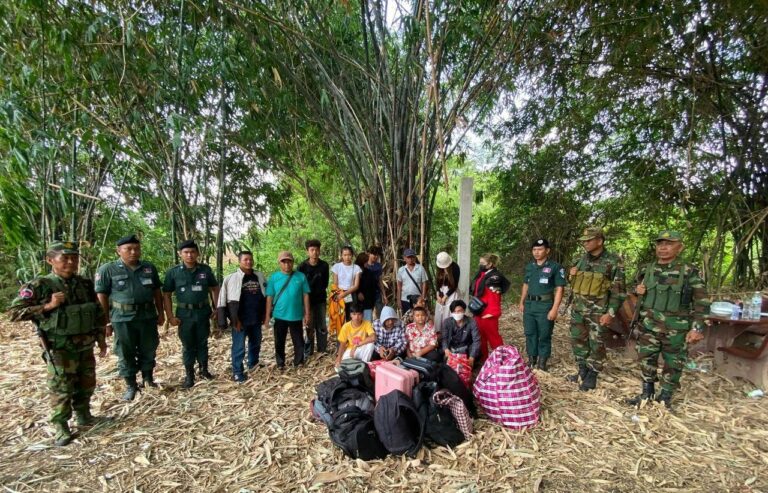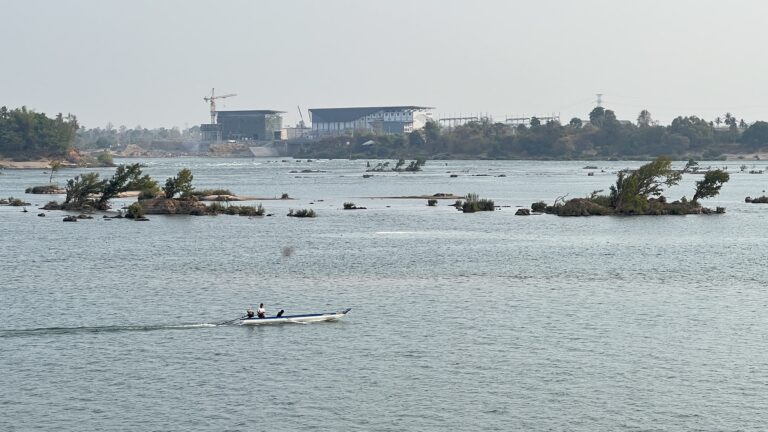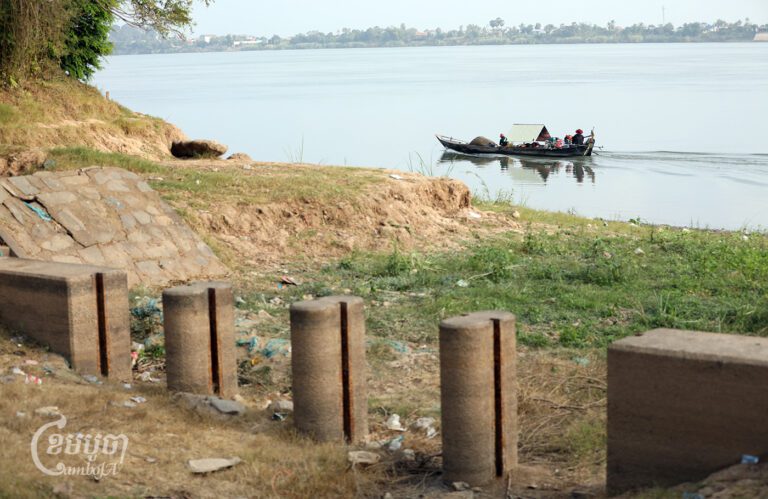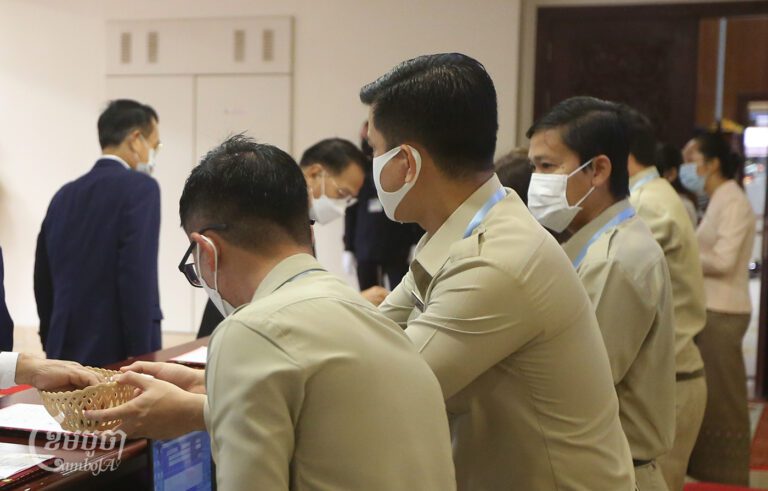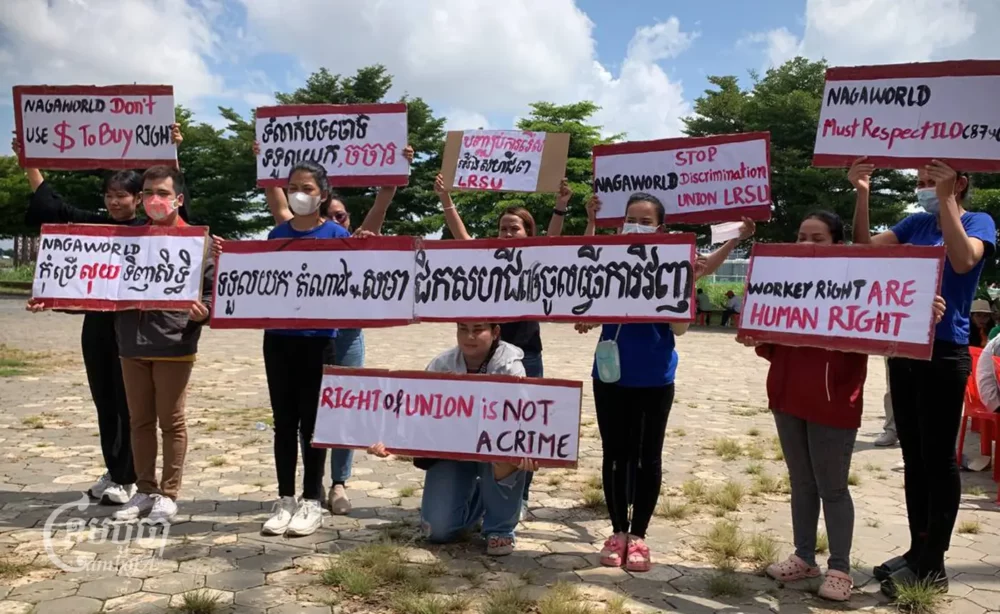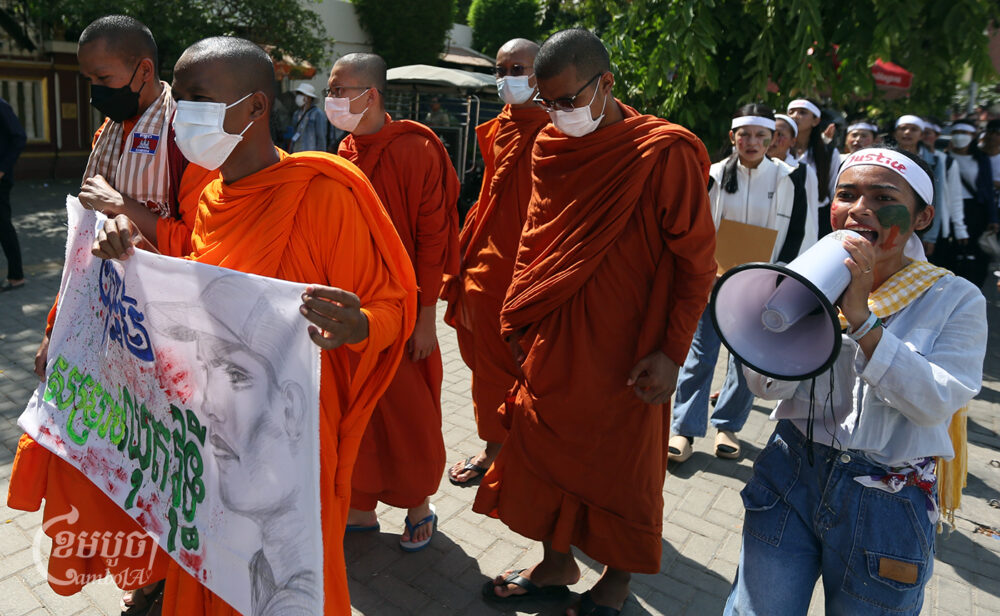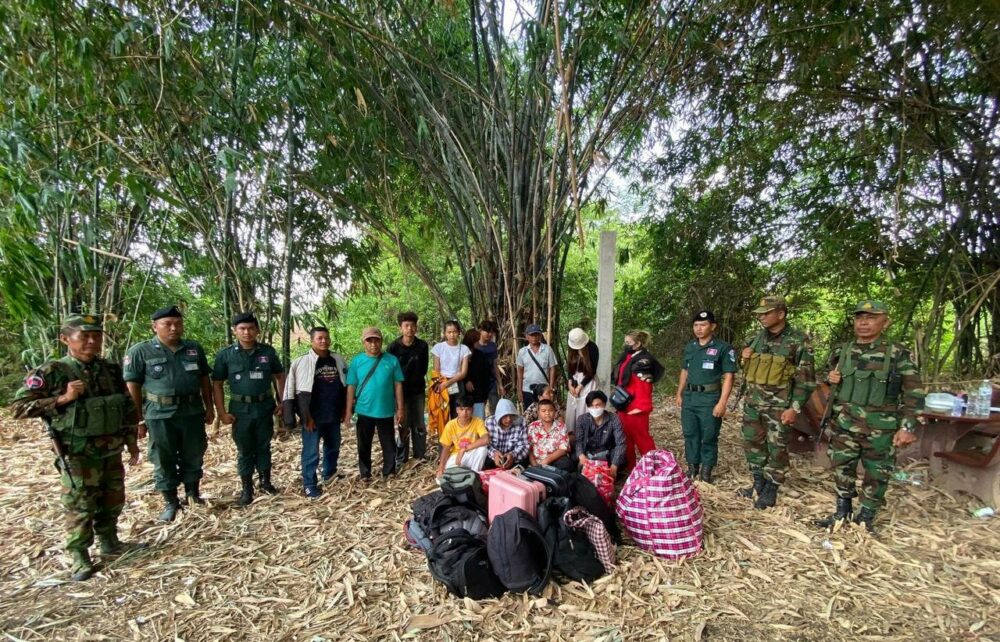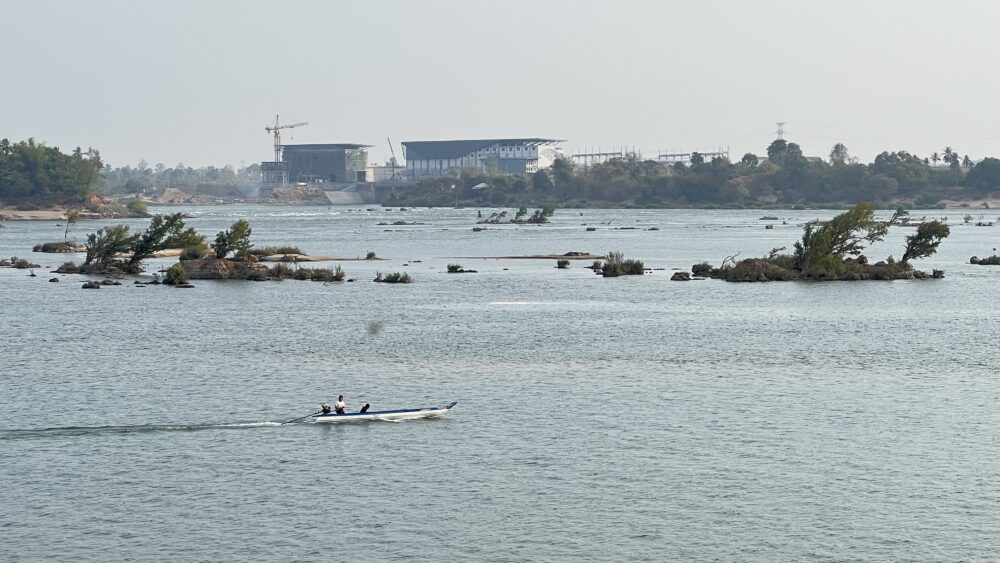Climate risks including heat stress are expected to increase in Cambodia, with the effects of climate change seriously impacting Cambodians and the economy, and worsening development, the World Bank’s Cambodia Country Climate and Development Report (CCDR) stated.
Climate change could cost Cambodia’s GDP up to nine percent by 2050 and raise its poverty rate by up to six percentage points by 2040 if appropriate adaptation and mitigation measures are not taken.
The effects of climate change are already clearly apparent in Cambodia, where there is an urgent need to adapt, the report stated, adding that frequency of droughts and heavy floods are rising due to increased variability in rainfall patterns.
In 2015–2016, 18 out of 25 provinces experienced severe drought which affected nearly 2.5 million people. Droughts linked to El Niño in 2019 resulted in an estimated loss of $100 million in rice output.
The worst rainfall in three years occurred in September 2022, which saw severe flooding in 14 provinces, affecting almost 85,000 households, as well as landslides that forced 5,000 households to evacuate.
“Cambodia is heavily exposed to climate change impacts, in particular through increased frequency and intensity of floods,” said World Bank vice president for East Asia and Pacific Manuela V. Ferro. “In order to recover the lost ground due to the pandemic [as well as] high food and energy price, Cambodia needs to sustain high growth, while addressing the impact of climate change on the economy and reducing its carbon intensity.”
Chan Sophal, director of the Center for Policy Studies, stressed that if Cambodia does not fight climate change by developing the infrastructure to prevent floods, reservoirs for dealing with drought, water-saving technologies to water crops, and appropriate agricultural practices, the economy would be negatively impacted.
“This kind of adaptation helps us withstand natural disasters even in the absence of serious climate change,” Sophal said. “If we don’t get ready, the impacts and economic losses would become worse.”
When questioned by CamboJA, Ministry of Economy and Finance spokesman Meas Soksensan only responded by sharing the country’s latest Pentagonal Strategy-I, which highlights climate effects under its “environmental and climate change trends” segment.
“The sustainability of global environment has been threatened [by] pollution, erosion of natural resources, loss of biodiversity, and climate change [which] result in various negative consequences for socio-economic development, such as migration, water, food and energy security, agriculture, industrialization, urbanization and infrastructure, social protection system, and public health,” the strategy stated.
In order to cut greenhouse gas emissions and adapt to climate change, there needs to be greater international cooperation in the future, it added.
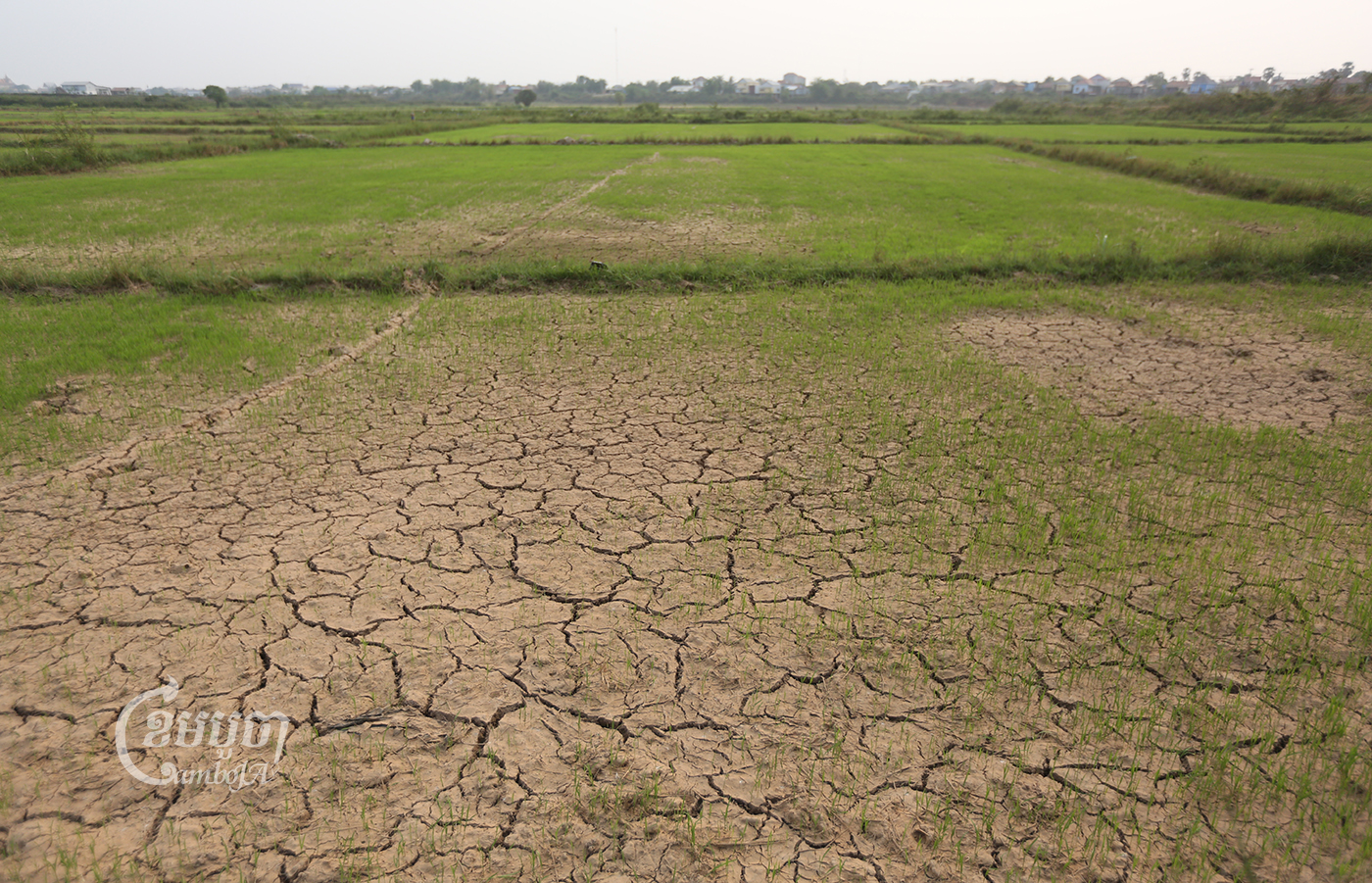
Pen Bona, a government spokesperson, said climate change is a global issue which is being experienced by every country.
“With every policy and strategy that we implement, we [are] thinking about the challenges of climate change,” he said. “Natural disasters such as storms, floods, and landslides happen in every country, and they are more harmful than Cambodia.”
However, the government already has a clear vision to deal with this issue.
“We use the word ‘resilience’ in each policy. It refers to resilience against climate change,” Bona said. “This is a key word that the government has paid attention to and addressed for a long time to [deal with] climate change.”
Meanwhile, floods are predicted to cause increasing damage to factories, roads, homes, and schools as well as disrupting critical services and supply chains.
An analysis based on two reports “Fashion’s Climate Breakdown and Its Effect on Workers” and “Climate Resilience and Fashion’s Costs of Adaptation” by Cornell University’s Global Labor Institute in September 2023 revealed that 32 global apparel production hubs are highly vulnerable to flooding and severe heat.
According to the first report, Cambodia, Vietnam, Bangladesh, and Pakistan, which account for 18 percent of the world’s garment exports, risk losing out on $65 billion in export revenue in 2030, which is equivalent to a 22 percent decrease, as well as around one million new jobs due to slower growth.
In places that flood easily, particularly those near streams, residents are frequently concerned that flooding will make life uncomfortable and destroy property and crops, as Cambodia does not yet have a drainage system that can channel flood waters.
Soeung Saroeun, executive director of the NGO Forum, observed that drought, rain and flooding were the most concerning climate risks in Cambodia.
“[These effects] affect crops, its quality, farmers’ lives and the lives of citizens, and [cause] migration, [resulting in] a severe impact on Cambodia’s economy and society,” he said.
Saroeun added that the government, NGOs, and private sectors have been working on this issue, including developing a strategy for climate change, promoting green investment, and raising knowledge about climate change and its impact.
Ministry of Environment spokesperson Phay Bunchhoeun could not be reached for comment on November 2, 2023.


